Experience making your own clay plate, cup and enjoy the whole process of being made
Size:up to 5 people
Duration:10 hours
Transportation:Private transportation
65,000 JPY
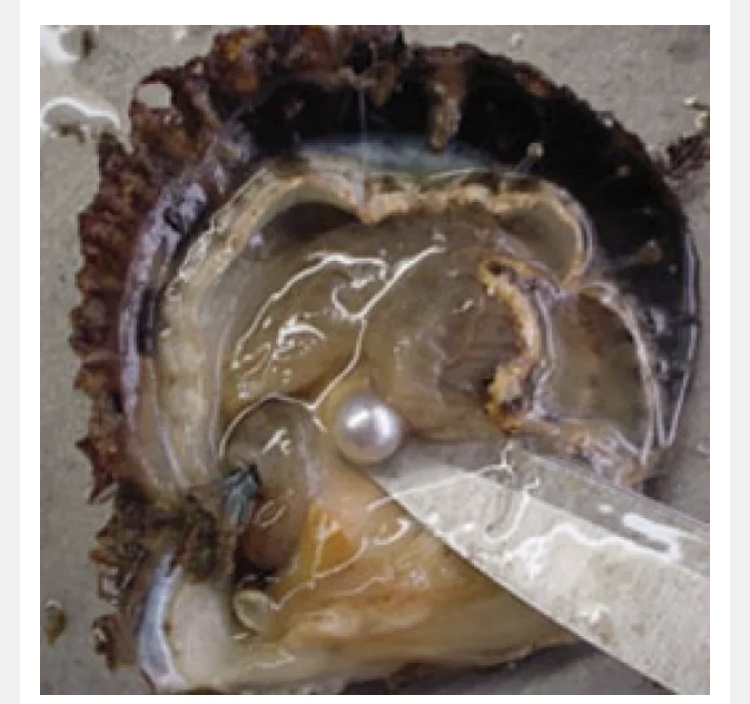
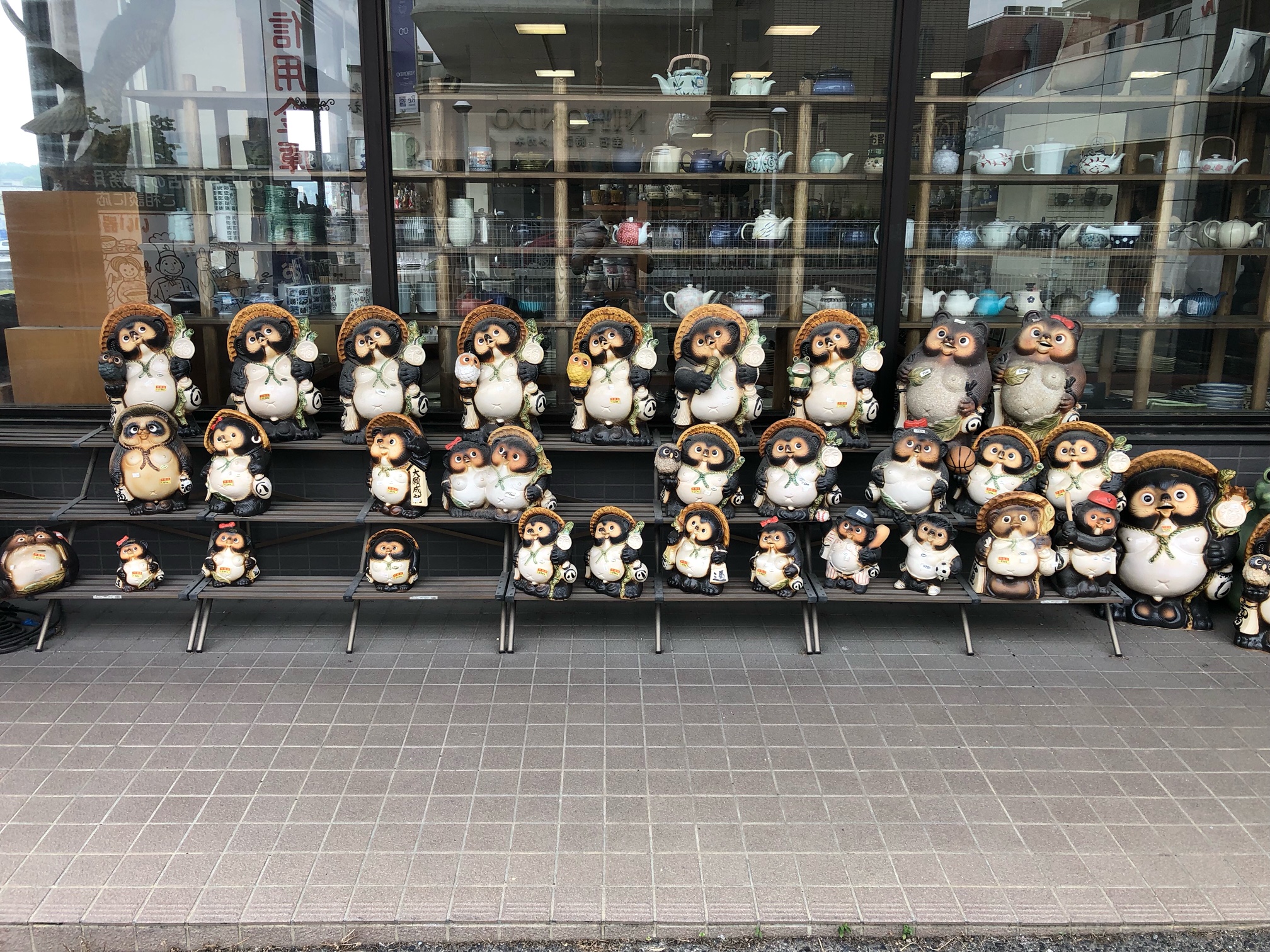
Overview of Seto clay making tour:
Seto city has been popular since ancient Japan in making plates, pots, cup etc with clay. In Japan we call "Seto mono" meaning everything made of clay as the origin is thought to have come from Seto area. You can visit clay museum and actually make your own plate or cup and also do the painting on the clay. It can be shipped to your address when you return 2 months later. Also see historical clay making process at factories (per photo).
Pearl tour itinerary
8:30 - Pick up at Hotel/Station in Nagoya.
10:00 - Visit Seto-Gura museum and visit historical places of clay industry from ancient days
11:00 - Visit clay pottery stores all over in Seto
12:30 - lunch of either Tuna Sushi bowl, Pork Tonkatsu or Ramen of your choice
14:00- Make your own clay plate, cup and paint to however you wish to make your own pottery. (it can be shipped to your address 2months later at additional cost for shipping)
16:30 - Return to Nagoya
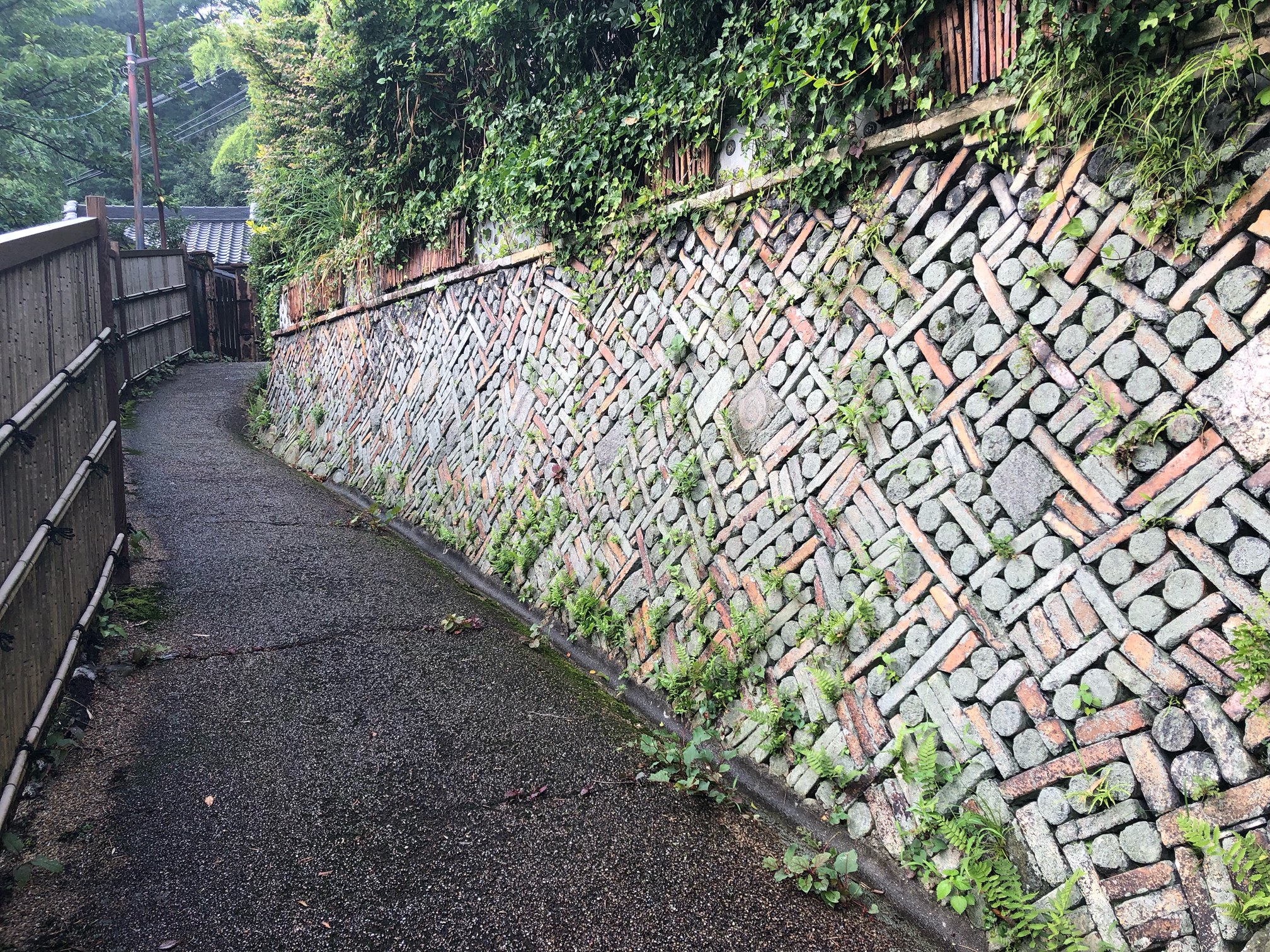
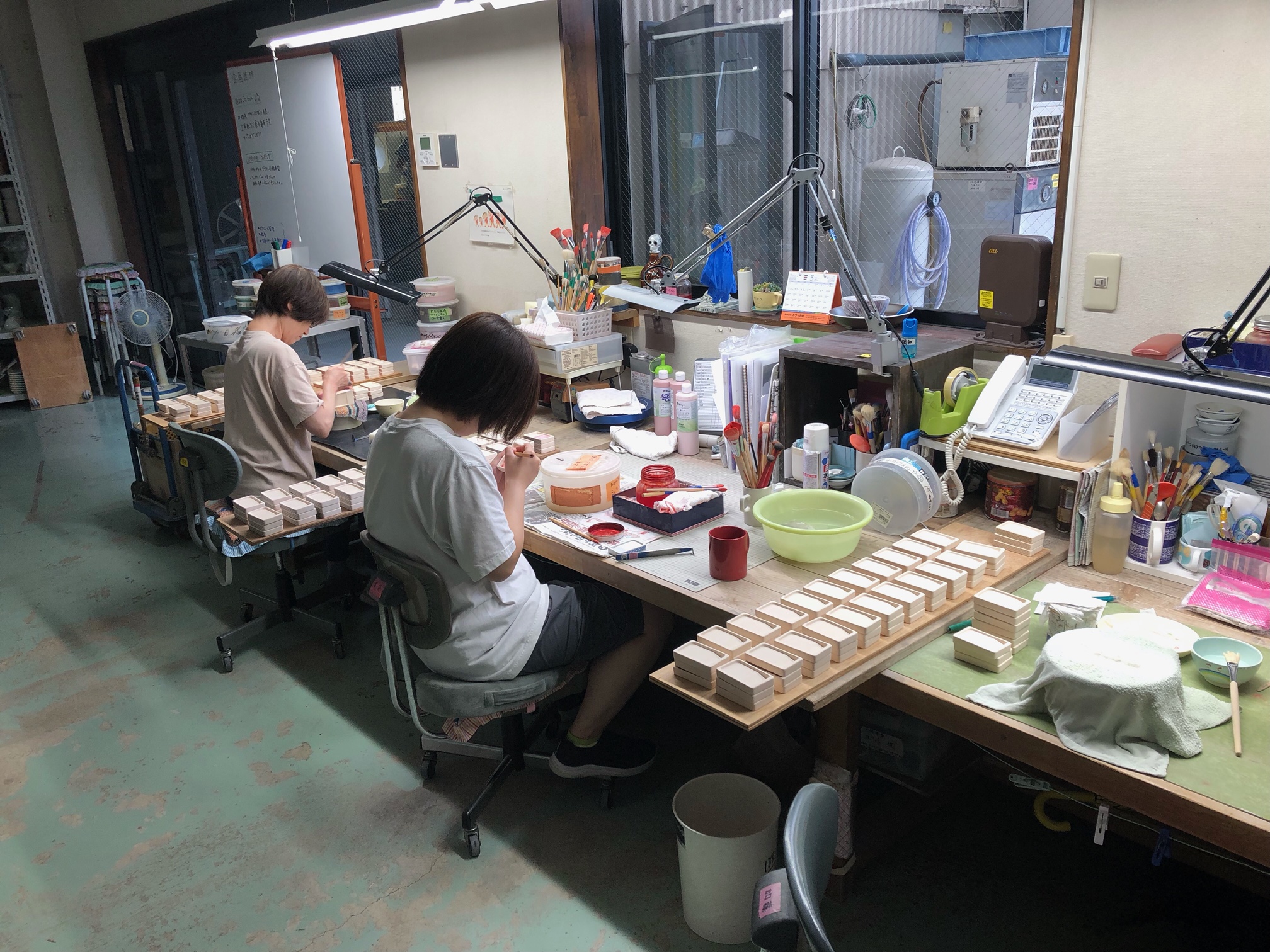
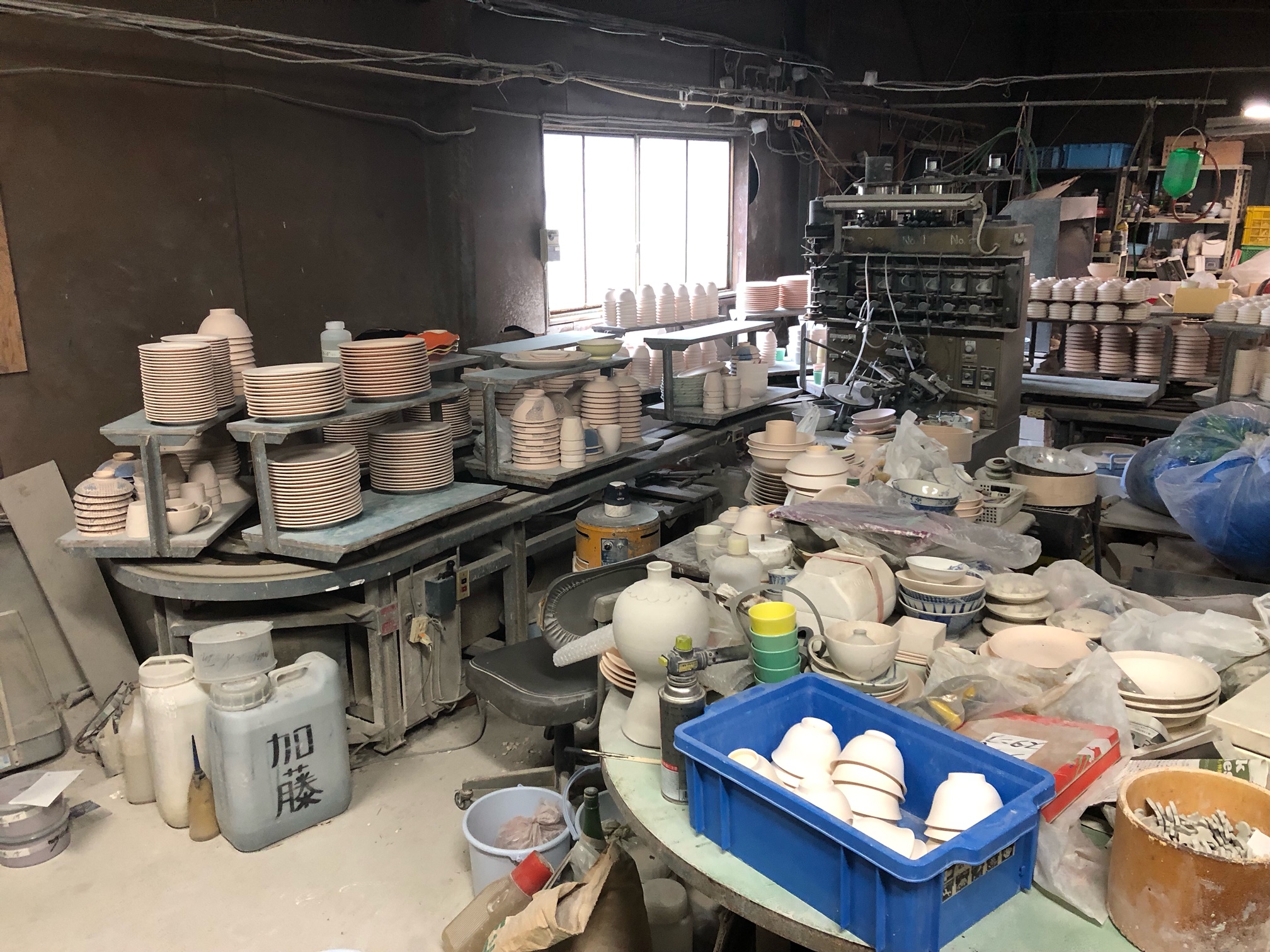
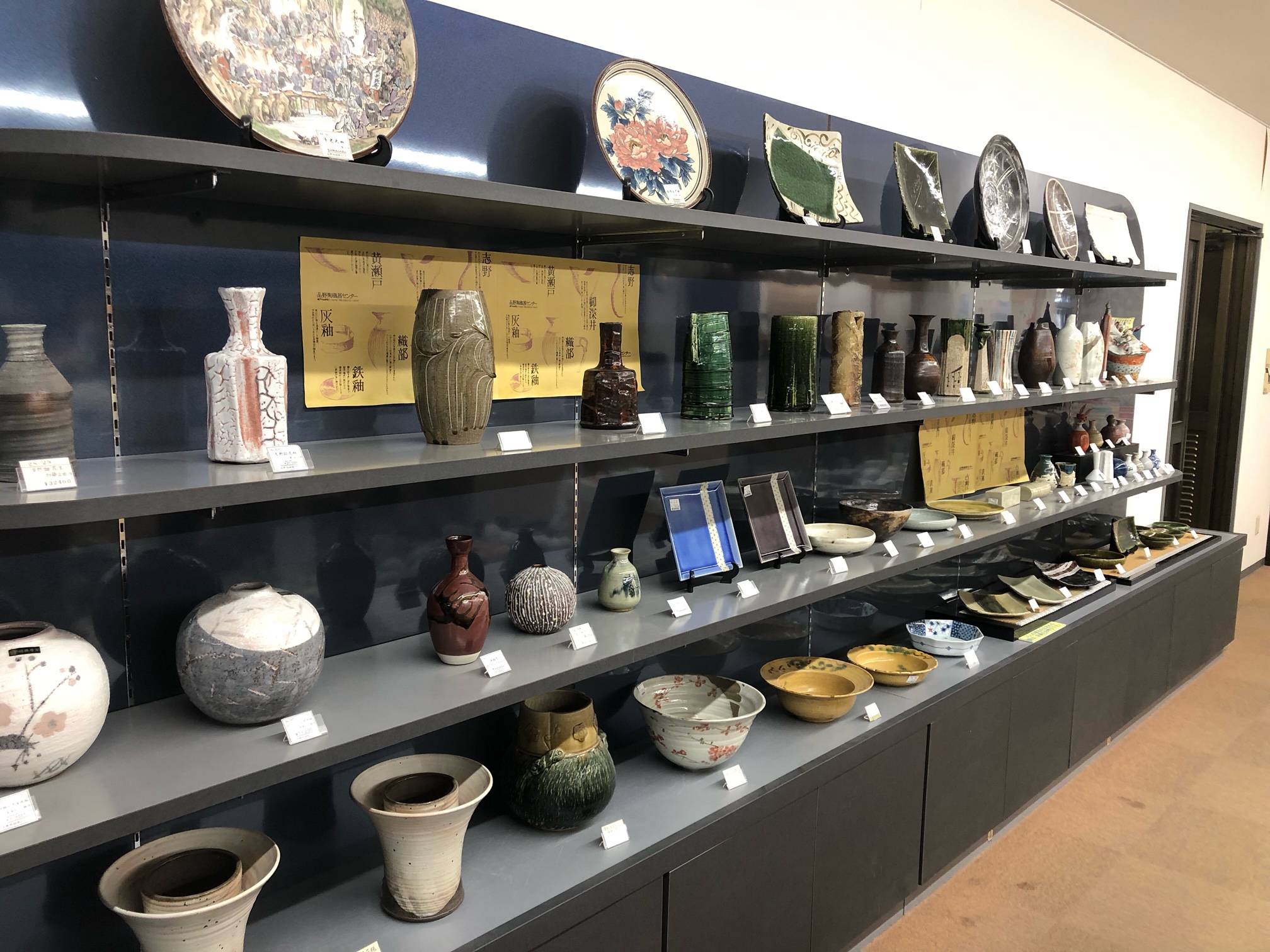
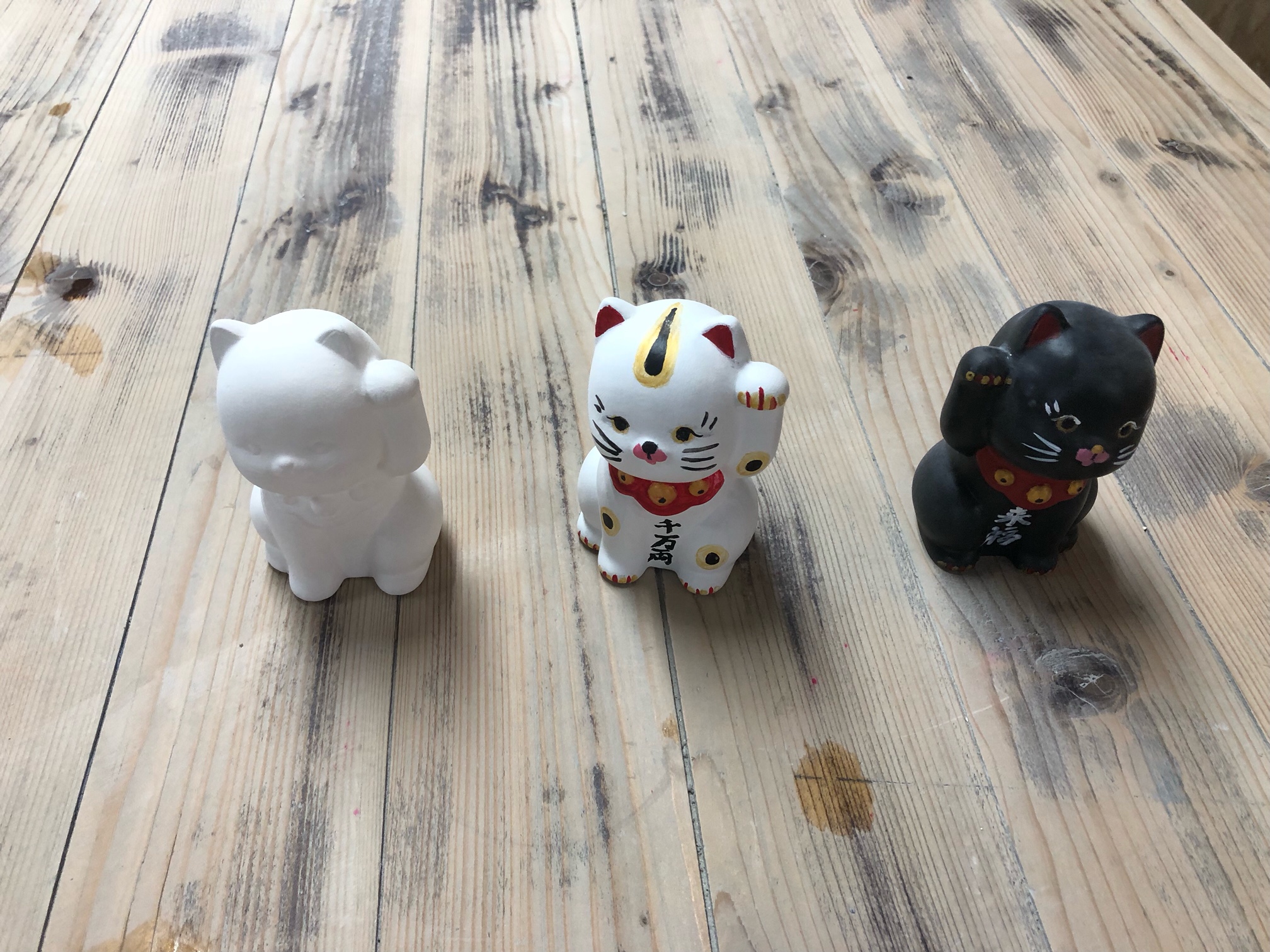
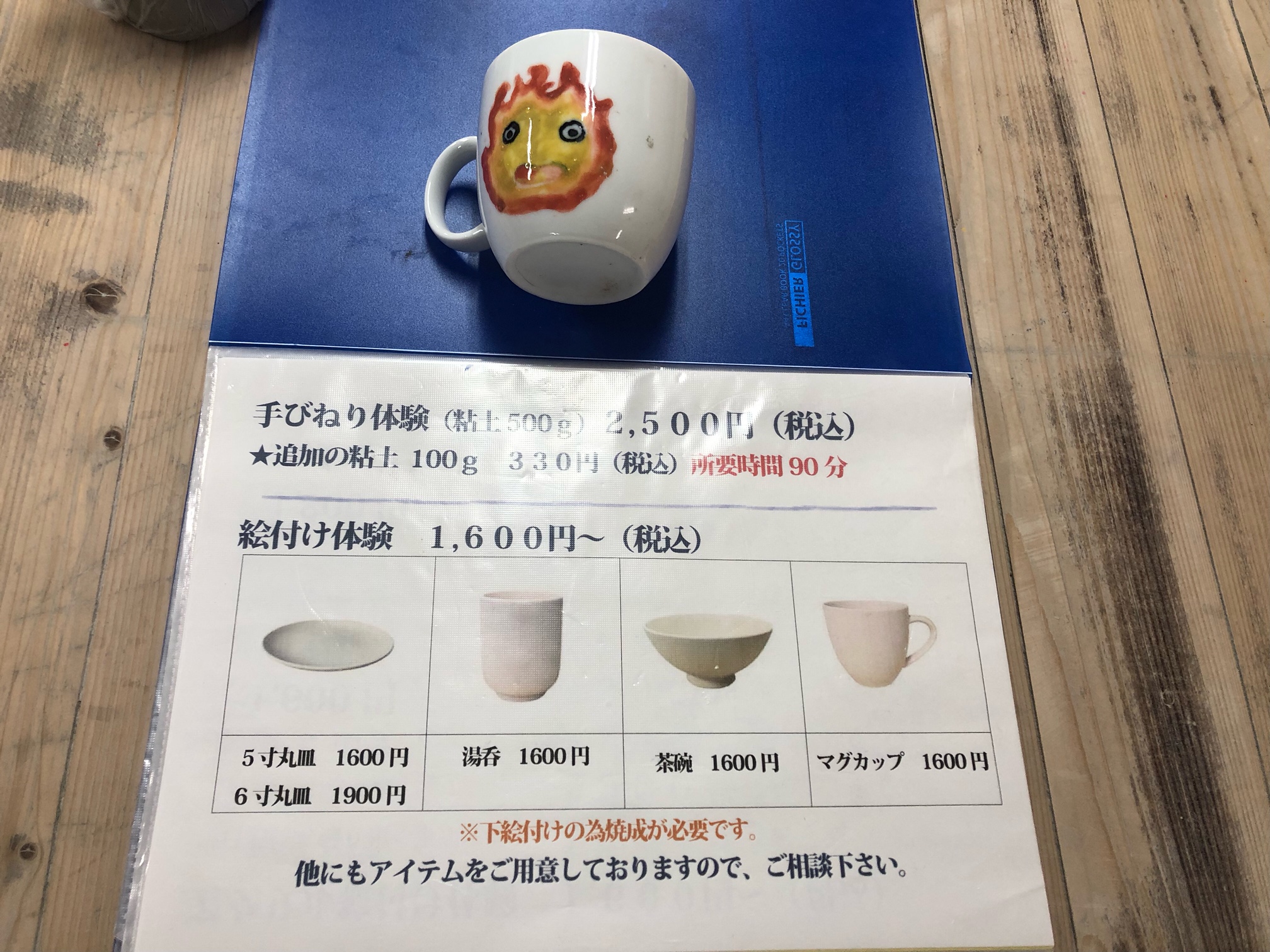
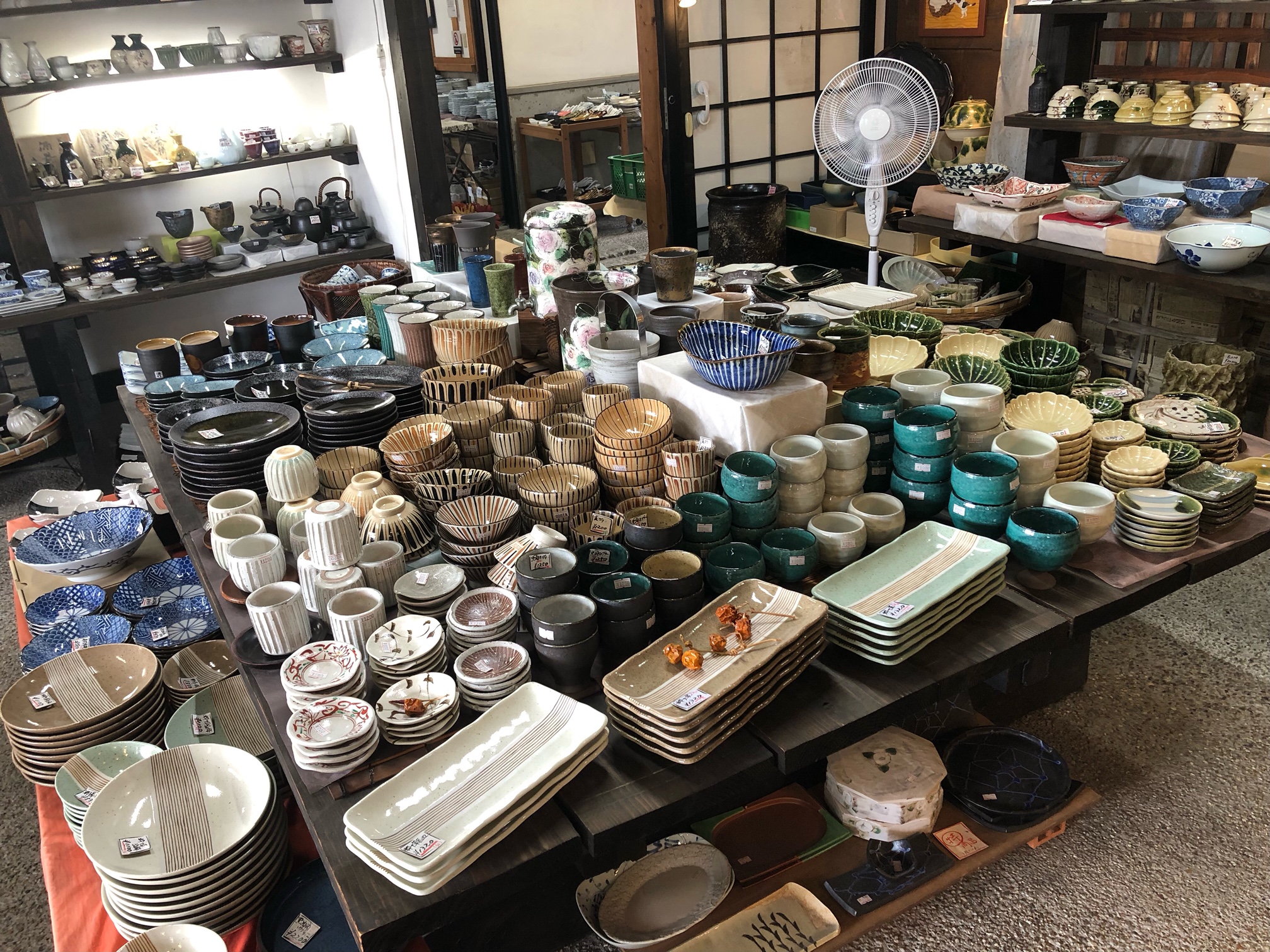
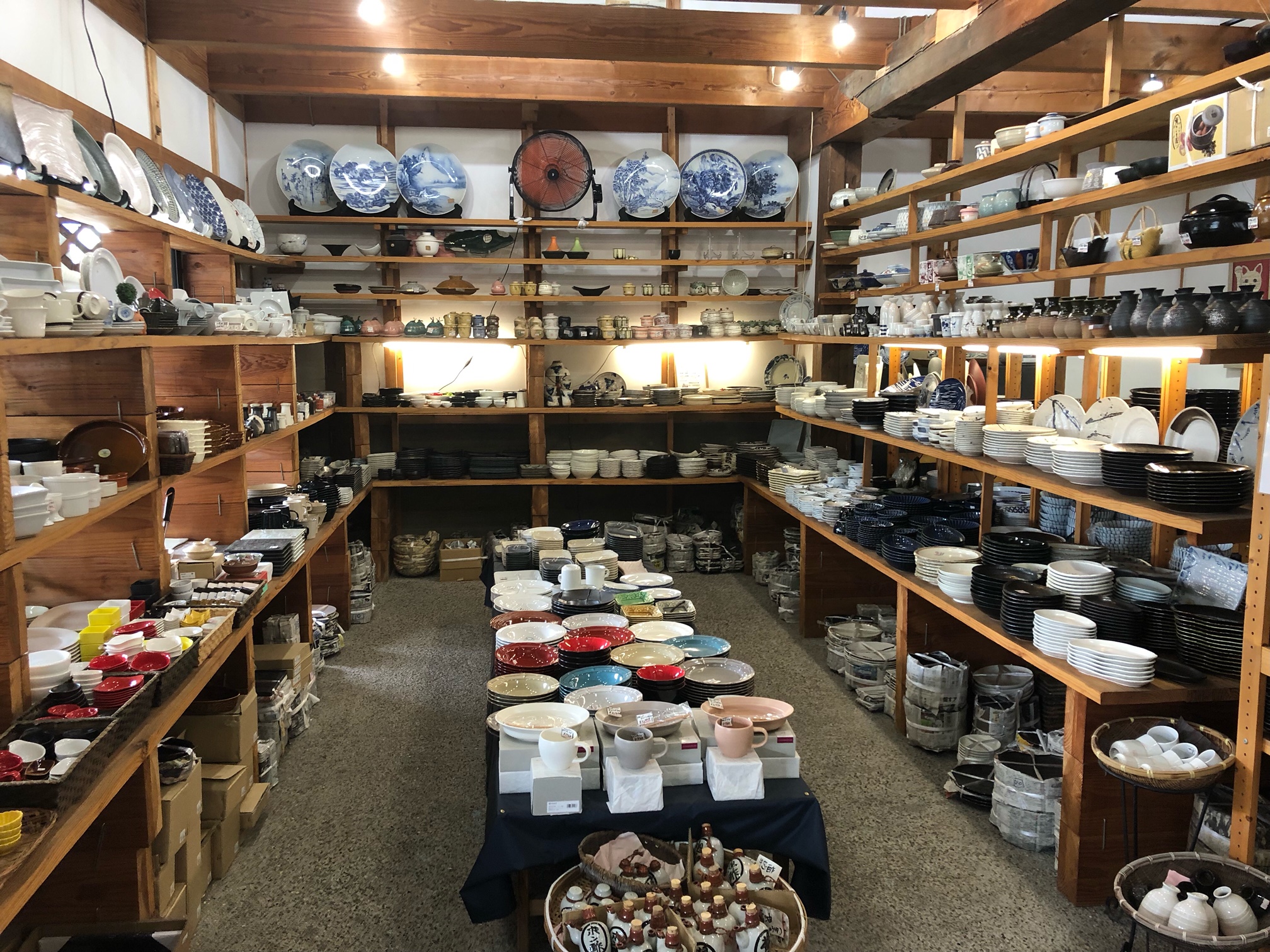
Transportation Details
Type: Private Transportation / Category: Suv
Toyota 7 passenger van Car is insured unlimited for people in car.
Important Information
Please let me know in advance if you have any food restrictions, vegetarian, halal food etc.
Wheelchair is acceptable but must be able to fold and on/off the car without assistance
What's Included
Guide and translator with door-to-door delivery by car (Toyota van)
What's extra
・Experience making clay plate, cut of your own 1600-3500(depending on how much you want to enjoy)
・Seto-Gura Museum 520/person
・Other: Gasoline, toll and parking fixed 15,000 by cash.
Meeting location
Nagoya, Aichi, Japan
Any hotel/Station in Nagoya
Reservation Status
- Please ensure to choose dates not indicated "Reserved", "Occupied" or "Closed"
- If your tour date is within 3weeks from today, please send me message from Inquiry.
Tour Flow
Please see here for the process of Tour from reservation.
Pottery Making – Shape Clay with Your Own Hands in Japan's Historic Kilns Japan has a proud pottery tradition, with each region having its own style. In the Tokai area, Seto is one of the most renowned towns, home to “setomono,” a term that has become synonymous with ceramics across Japan.
Why Pottery Workshops Are Ideal for Tourists
- Hands-On Learning: You’ll work on a wheel or with hand-molding techniques, under the guidance of a seasoned potter.
- Take-Home Souvenirs: Create bowls, cups, or plates and have them glazed, fired, and shipped home.
- Small Group Atmosphere: Most workshops cater to individuals or small groups, perfect for private guided tours.
Top Pottery Towns to Visit
- Seto: The birthplace of Japanese ceramics, offering deep historical and artistic roots.
Seto: Japan’s Ceramic Soul
The word “setomono” (ceramic ware) derives from this town—Seto, one of Japan’s six ancient kiln areas. Here, pottery is not only art but also life. Seto is less polished than Kyoto or Kanazawa, but it’s full of charm, authenticity, and clay-stained pride.
Why Seto is a Hidden Gem for Tourists
• Hands-On Pottery Workshops: Learn to shape clay on a wheel with guidance from experienced craftspeople.
• Visit Working Kilns: Private guided tours can grant access to small, family-run studios rarely open to the public.
• Explore the Seto-Gura Museum: Gain insights into the region’s 1,000-year pottery history with English-language support.
For travelers interested in Japanese crafts, Seto offers one of the most intimate guided tour experiences in Japan.
Seto, known as the "Pottery Town," boasts a rich history deeply intertwined with the production of Seto ware, one of Japan's oldest and most renowned pottery styles. Its ceramic history spans over a thousand years, with origins tracing back to the Kofun period (300-538 CE). The region's abundance of high-quality clay and natural resources, combined with the influence of skilled potters like Kato Shirozaemon Kagemasa (Toshiro), led to the development of distinctive glazed ceramics, particularly Koseto pottery, during the Heian and Kamakura periods. Seto's ceramic industry further flourished during the Edo period, becoming a major center for producing various ceramic items, including both everyday household goods and artistic pieces. Today, Seto continues to be a hub for ceramic production, encompassing a wide range of items from traditional tableware to modern ceramics.